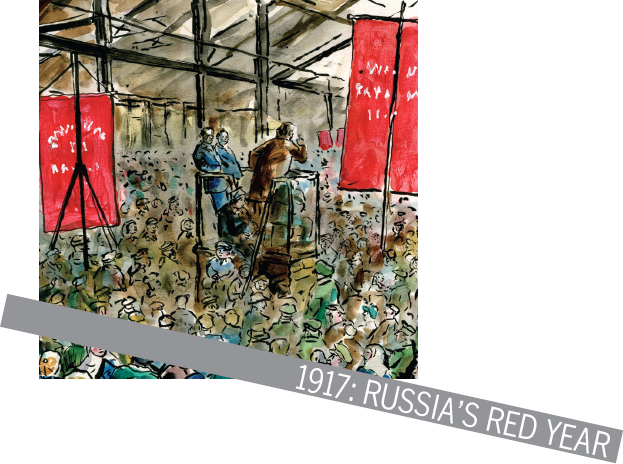
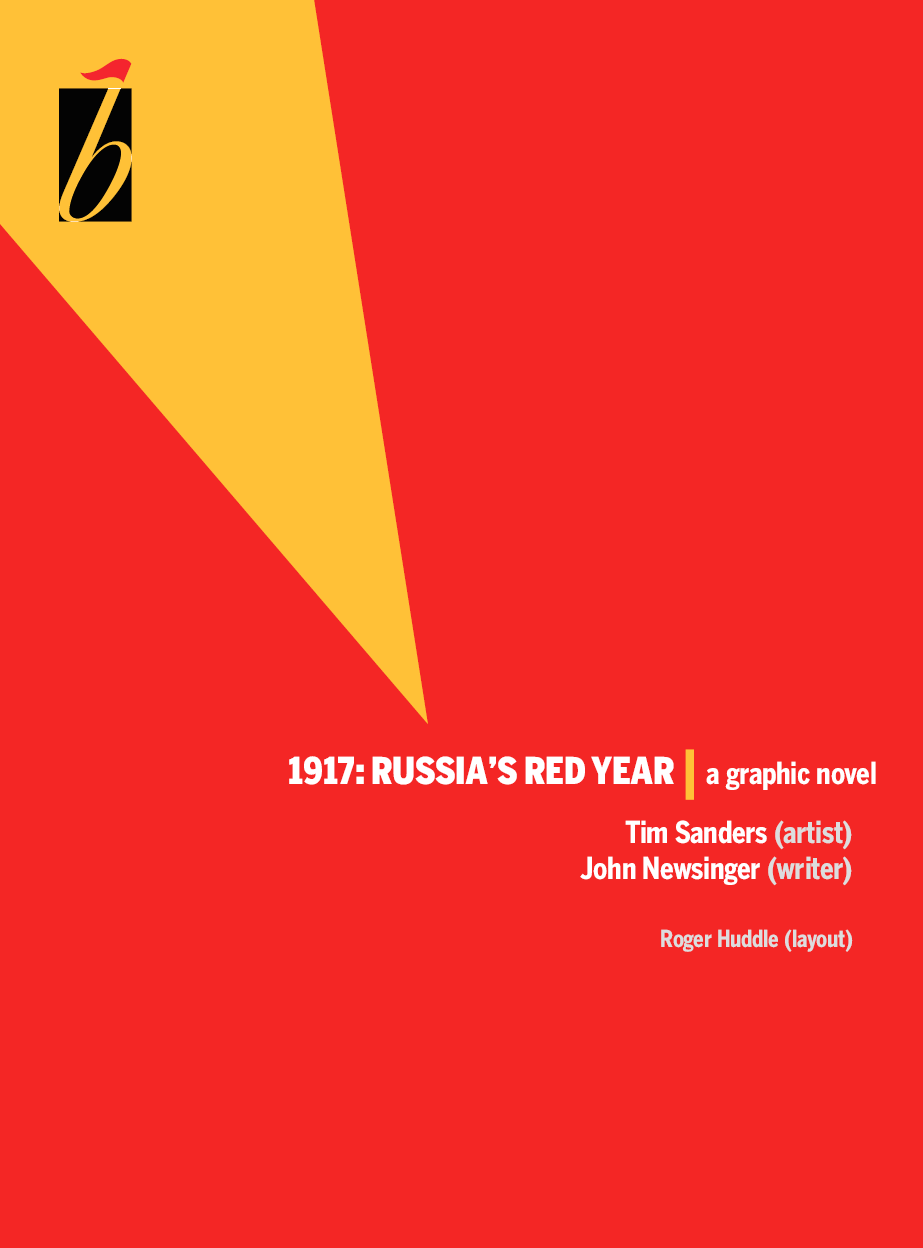 ABOUT THE AUTHORS Tim Sanders is a left wing cartoonist and illustrator and contributor to many publications from the Mail on Sunday to Socialist Worker, via the Independent and the Guardian. He is the creator of two books, In the Heat of the Scribble and An Independent Line, with Dave Brown and Peter Schrank. John Newsinger is a historian and author of Them and Us: Fighting the Class War 1910- 1939, British Counterinsurgency: From Palestine to Afghanistan, The Blood Never Dried: A Peoples History of the British Empire and The Dredd Phenomenon: Comics and Contemporary Society. He is a long-standing member of the Socialist Workers Party. ACKNOWLEDGEMENTS Thank you to Sally Campbell for all her help, support and enthusiasm right from our first tentative discussions through to publishing the book we knew we wanted to make. Thanks also to Dave Sherry and Roger Huddle for sharing their wealth of knowledge about the Revolution and to Carol Williams and Lina Nicolli for seeing this through to production.
ABOUT THE AUTHORS Tim Sanders is a left wing cartoonist and illustrator and contributor to many publications from the Mail on Sunday to Socialist Worker, via the Independent and the Guardian. He is the creator of two books, In the Heat of the Scribble and An Independent Line, with Dave Brown and Peter Schrank. John Newsinger is a historian and author of Them and Us: Fighting the Class War 1910- 1939, British Counterinsurgency: From Palestine to Afghanistan, The Blood Never Dried: A Peoples History of the British Empire and The Dredd Phenomenon: Comics and Contemporary Society. He is a long-standing member of the Socialist Workers Party. ACKNOWLEDGEMENTS Thank you to Sally Campbell for all her help, support and enthusiasm right from our first tentative discussions through to publishing the book we knew we wanted to make. Thanks also to Dave Sherry and Roger Huddle for sharing their wealth of knowledge about the Revolution and to Carol Williams and Lina Nicolli for seeing this through to production.
With thanks to all those who generously helped to fund the printing of 1917: Russias Red Year and in particular to: Misun Choi Sybil Cock Nigel Coward Eleanor Cronin John Curtis Maggie Falshaw Jack Farmer Ingrid Johnson Gerry Lecointe Tom Machell Fran Postlethwaite Matthew Price Merlin Reader Rebecca Short Asmira Supuk Yusef Timms Liesa Toll Julian Vaughan 1917: Russias Red year By Tim Sanders (artist) & John Newsinger (writer) Published 2016 by Bookmarks Publications c/o 1 Bloomsbury Street, London WC1B 3QE Bookmarks Publications Printed by The Russell Press ISBN 978-1-910885-20-8 (pbk) 978-1-910885-21-5 (Kindle) 978-1-910885-22-2 (ePub) 978-1-910885-23-9 (PDF)
FOREWORD
by Pat Mills This is a gem of a book that celebrates the peoples victory over their oppressors. Its exciting, informative, emotional, funny, beautifully painted and so relevant to our own times. Its a work of truth. I had so many favorite scenes, but the one that will always linger with me is where the British royal family, fearful that they, too, will lose their thrones, are advised, We have to throw some crumbs to the people the OBE costs nothing and will make the royal family popular. The king laments that its At the expense of my dignity! Honours for commoners! Whatever next! Id noticed at the start of the centenary of the Great War that there seemed to be few books, films or documentaries genuinely critical of the conflict. Anti-war films were derided and never shown again.
Could this be deliberate, I speculated. Eventually I did a study on the subject for a lecture I gave at Liverpool University. Sadly, I found it was true. The range of Great War books on sale today is alarmingly more jingoistic than when I was researching my anti-war comics saga Charleys War back in the 1980s. Critical books are largely out of print today. The clock has been put back.
Thus there are now any number of revisionist biographies of the war criminal General Haig, who is portrayed today as the Good Soldier. Good luck to any author who dares to try and publish a book suggesting he was a mass-murderer. This phenomena I observed time and time again, and is too universal to be a reflex act of self-censorship by publishers, broadcasters or journalists instinctively protecting their masters. Im convinced the upper echelons of the media have been given advisory guidelines on how the Great War is to be portrayed to audiences. Doubtless if they want their OBEs, they need to follow said guidelines and present the capitalist bloodbath as Britains noble sacrifice withstanding an evil enemy, a supposedly expansionist Germany. None of which is true.
Britain was the Machiavellian creator of the conflict. Distinguished socialist E. D. Morel showed it clearly at the time. Perhaps that phrase now needs updating to Blairite creator of the conflict, because the same techniques have been used in our own times. This graphic novel shows another reality with Russian and German troops fraternizing and recognizing that the evil enemy are the capitalists who sent them to die.
They realize theyve been lied to and that the bosses will fight to the last worker. That solidarity between ordinary men is a moment to treasure in the book. Censorship in comics is one of the themes of my forthcoming text novel with Kevin ONeill, Read em and Weep. Read 1917: Russias Red Year and cheer that this one rare book, at least, has broken through the glass ceiling of publishing and told the truth about one of the most important events of the Great War. And where, for a precious time at least, the people win. Pat Mills, September 2016
introduction

The First World War brought with it unprecedented bloodshed and suffering.
Men were slaughtered and maimed in their millions as rival empires fought each other for territory and for profit. In every country, the arms manufacturers grew richer and richer while the ordinary people were required to make sacrifice after sacrifice for the war effort. Working class men and women who had more in common with each other than with their rulers were nevertheless set against each other for the benefit of their exploiters. In most countries, the Socialist or Labour parties went along with this. In Britain, for example, Labour politicians joined the wartime coalition government in May 1915, becoming willing participants in the bloodbath, enthusiastically sending young working class men to their deaths in the interests of British capital, of what we would today call our 1%. One of the Socialist parties that did take a stand against the war was the Russian Bolshevik Party.
As the war progressed, unrest increased in every country. On the domestic front, the hardship experienced by ordinary people contrasted starkly with the extravagance of the rich, fuelling discontent. At the front, whether it was in the West or the East, there seemed to be no limit to the number of lives that the politicians and generals were prepared to expend in their pursuit of victory. The governments of Britain, France and Russia had already secretly agreed on how they would divide the spoils once they had won the war. Men who were told they were dying for freedom and democracy were in reality dying for territory and profit. They were the victims of the most astonishing cynicism that historians still overwhelmingly refuse to face up to.
But the strain of war was beginning to tell. Strikes, protests and demonstrations were breaking out in country after country. Initially they were not so much against the war itself as against the one-sided nature of the sacrifices required to wage it. With discontent growing something had to give and the breakthrough came in Tsarist Russia. In February 1917, on International Womens Day, troops who were ordered to disperse demonstrations in Petrograd instead took the side of the protesters. The Romanov dynasty fell.
An autocratic regime that had relied on bayonets and secret police, whose only method of whipping up any vestige of popular support was religious superstition and crude anti-Semitism was swept away. The Provisional Government that was put in its place wanted to continue the war, but it was forced to share power with the workers and soldiers councils, the soviets, that had been set up in the course of the February Revolution. With the establishment of the workers and soldiers councils, the working class had invented the machinery for the transition to socialism. The overthrow of Tsarism caused great disquiet among its cousin regimes in Britain and Germany. In Britain, the royal family had already been obliged to change their name from Saxe-Coburg and Gotha to Windsor and now, after much heart searching, they reluctantly decided to extend the honours system to the commoners. The Order of the British Empire (OBE), it is always worth remembering, was a panic response to the Russian Revolution, an attempt by the Windsors to avoid the fate of the Romanovs.
Next page

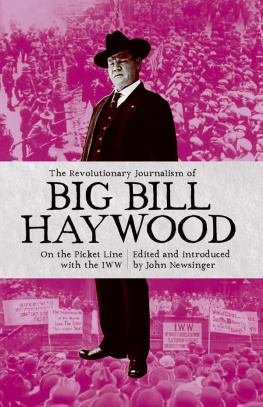
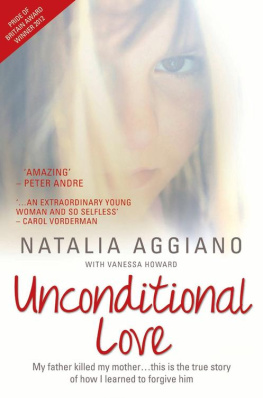
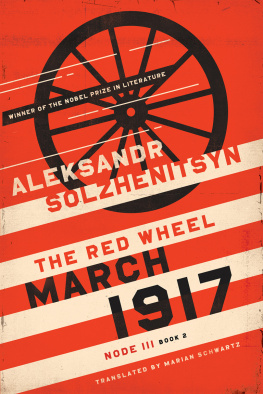
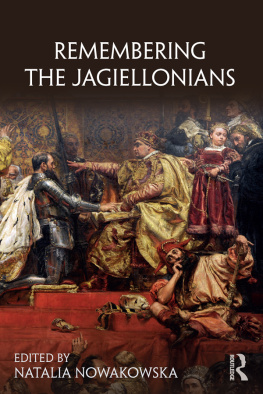
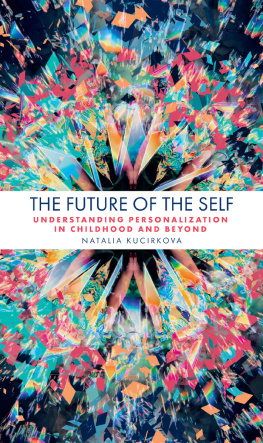
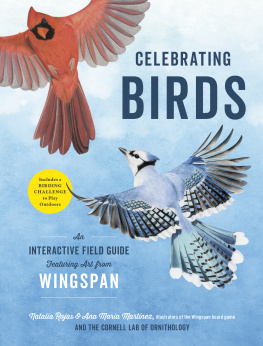
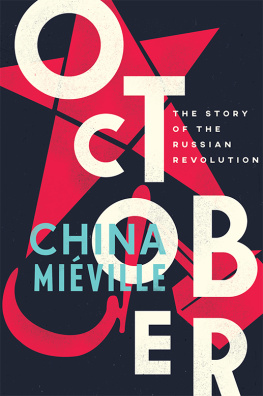

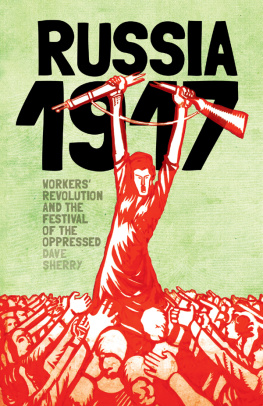
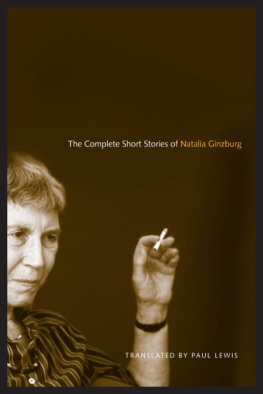
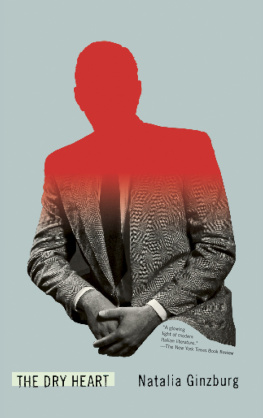
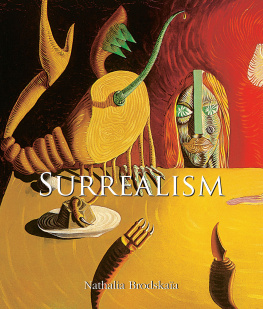
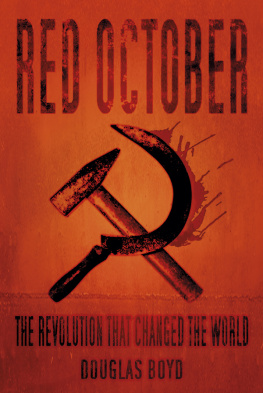

 ABOUT THE AUTHORS Tim Sanders is a left wing cartoonist and illustrator and contributor to many publications from the Mail on Sunday to Socialist Worker, via the Independent and the Guardian. He is the creator of two books, In the Heat of the Scribble and An Independent Line, with Dave Brown and Peter Schrank. John Newsinger is a historian and author of Them and Us: Fighting the Class War 1910- 1939, British Counterinsurgency: From Palestine to Afghanistan, The Blood Never Dried: A Peoples History of the British Empire and The Dredd Phenomenon: Comics and Contemporary Society. He is a long-standing member of the Socialist Workers Party. ACKNOWLEDGEMENTS Thank you to Sally Campbell for all her help, support and enthusiasm right from our first tentative discussions through to publishing the book we knew we wanted to make. Thanks also to Dave Sherry and Roger Huddle for sharing their wealth of knowledge about the Revolution and to Carol Williams and Lina Nicolli for seeing this through to production.
ABOUT THE AUTHORS Tim Sanders is a left wing cartoonist and illustrator and contributor to many publications from the Mail on Sunday to Socialist Worker, via the Independent and the Guardian. He is the creator of two books, In the Heat of the Scribble and An Independent Line, with Dave Brown and Peter Schrank. John Newsinger is a historian and author of Them and Us: Fighting the Class War 1910- 1939, British Counterinsurgency: From Palestine to Afghanistan, The Blood Never Dried: A Peoples History of the British Empire and The Dredd Phenomenon: Comics and Contemporary Society. He is a long-standing member of the Socialist Workers Party. ACKNOWLEDGEMENTS Thank you to Sally Campbell for all her help, support and enthusiasm right from our first tentative discussions through to publishing the book we knew we wanted to make. Thanks also to Dave Sherry and Roger Huddle for sharing their wealth of knowledge about the Revolution and to Carol Williams and Lina Nicolli for seeing this through to production. The First World War brought with it unprecedented bloodshed and suffering.
The First World War brought with it unprecedented bloodshed and suffering.